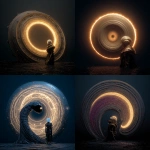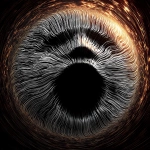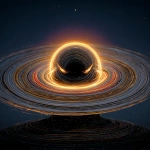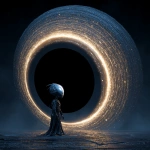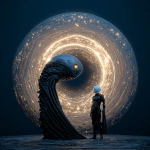Explore the Best AI Image Gallery
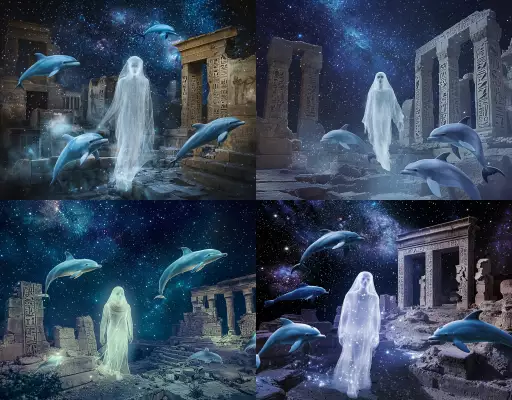
Painting with Pixels: How AI Image Generators are Transforming the Creative Landscape
The realm of digital art has been irrevocably altered by a new breed of technology: AI image generators. These sophisticated tools, powered by machine learning algorithms, can produce stunningly realistic and imaginative visuals from simple text prompts, blurring the lines between human creativity and artificial intelligence. This seismic shift is not without its implications, sparking both excitement and apprehension within the creative industry.
The Rise of the Machines: How AI Image Generators Work
AI image generators operate by training on massive datasets of images and accompanying text descriptions. Through this process, they learn to recognize patterns, relationships, and stylistic nuances within visual art. When presented with a text prompt, the AI analyzes its semantic meaning and generates a corresponding image based on its learned knowledge. Popular examples include DALL-E 2, Midjourney, and Stable Diffusion, each offering unique capabilities and artistic styles.
A Canvas of Possibilities: Potential Applications Across Industries
The versatility of AI image generators extends far beyond the realm of fine art. Their potential applications span a wide range of industries:
- Marketing and Advertising: Generate eye-catching visuals for campaigns, social media posts, and product packaging.
- Design and Entertainment: Create concept art, illustrations, backgrounds for games and films, and even 3D models.
- Education and Research: Visualize complex data, generate realistic simulations for training purposes, and assist in scientific research.
- Personal Expression: Empower individuals to bring their creative ideas to life, regardless of their technical skills.
Navigating the Ethical Maze: Challenges and Considerations
The rise of AI image generators also raises several ethical concerns that require careful consideration:
- Copyright and Ownership: Who owns the copyright to images generated by AI? The user who provides the prompt, the developer of the AI tool, or the AI itself?
- Bias and Representation: AI models are trained on existing datasets, which may contain biases that perpetuate harmful stereotypes. It is crucial to ensure that AI-generated content is inclusive and representative.
- Misinformation and Deepfakes: The potential for AI to create realistic but fabricated images raises concerns about the spread of misinformation and the erosion of trust.
- Job Displacement: As AI becomes more capable, there are concerns that it may automate creative tasks currently performed by human artists and designers.
The Future of Creativity: A Collaborative Landscape
While the ethical challenges surrounding AI image generators are significant, it is important to recognize their immense potential for good. Rather than viewing AI as a threat to human creativity, we should embrace it as a powerful tool that can augment and enhance our artistic abilities.
The future of creativity likely lies in a collaborative landscape where humans and AI work together. Artists can leverage AI tools to overcome creative blocks, explore new ideas, and push the boundaries of their craft. AI can assist in generating initial concepts, refining details, and automating repetitive tasks, freeing up human artists to focus on higher-level creative decision-making.
Ultimately, the key is to approach AI image generators with a sense of responsibility, awareness, and a commitment to ethical development and use. By doing so, we can harness the transformative power of this technology to shape a more innovative and inclusive future for the creative industry.
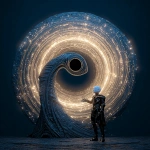


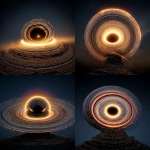
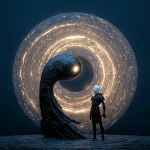
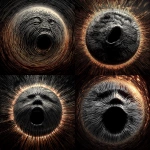

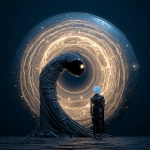

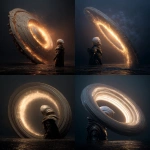
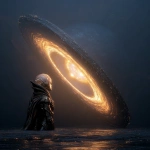
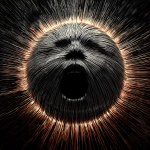
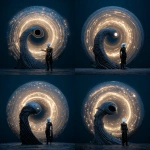
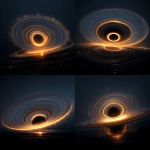


](https://images.ai-img.art/thumbnails/150/62dee1effeb677492e9eb31757a5d6c9ea9f1010c26733e1980579df8e9fe333.webp)
